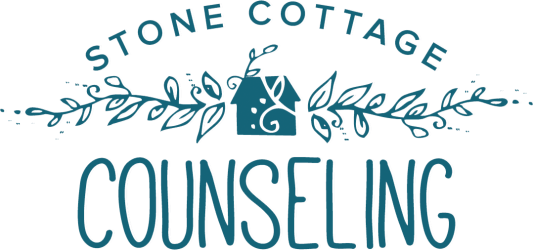 Last week, my email dinged with a message from a magazine writer asking for an interview. Hurrah! I thought. I love talking about therapy! But then I read closely. The writer wanted my expert tips on how parents should design their children’s rooms for optimal development, including the “right” kinds of toys. I felt my heart slowly sink back to it’s normal position in my chest. For while I love talking about counseling and kids, I hate doing anything to perpetuate parents’ anxiety that they’re not doing enough.
Last week, my email dinged with a message from a magazine writer asking for an interview. Hurrah! I thought. I love talking about therapy! But then I read closely. The writer wanted my expert tips on how parents should design their children’s rooms for optimal development, including the “right” kinds of toys. I felt my heart slowly sink back to it’s normal position in my chest. For while I love talking about counseling and kids, I hate doing anything to perpetuate parents’ anxiety that they’re not doing enough.
I laughed, thinking about my own kid’s room: a few pieces of used furniture; a motley assortment of stuffed animals (a few of whom have lost plastic eyeballs to our otherwise lovely dog), the usual assortment of kid-related clothing, and lots and lots of books. I’m pretty sure that if I had strong opinions about kids’ rooms, my own child’s room wouldn’t measure up. But the idea that kids only thrive in a very particular set of circumstances simply isn’t true.
So I ended up saying a big fat no to that interview request.
What’s in a kid’s room matters much less than who’s with that kid in life. Research supports that what matters most for healthy childhood development is the presence of caring, mostly-consistent adults, not the presence of particular toys in a certain sort of space.
Is this a missed opportunity for me to spread the good news about good therapy? Perhaps. But I’d rather miss out than spread misinformation and fan the flames of anxiety and guilt.

